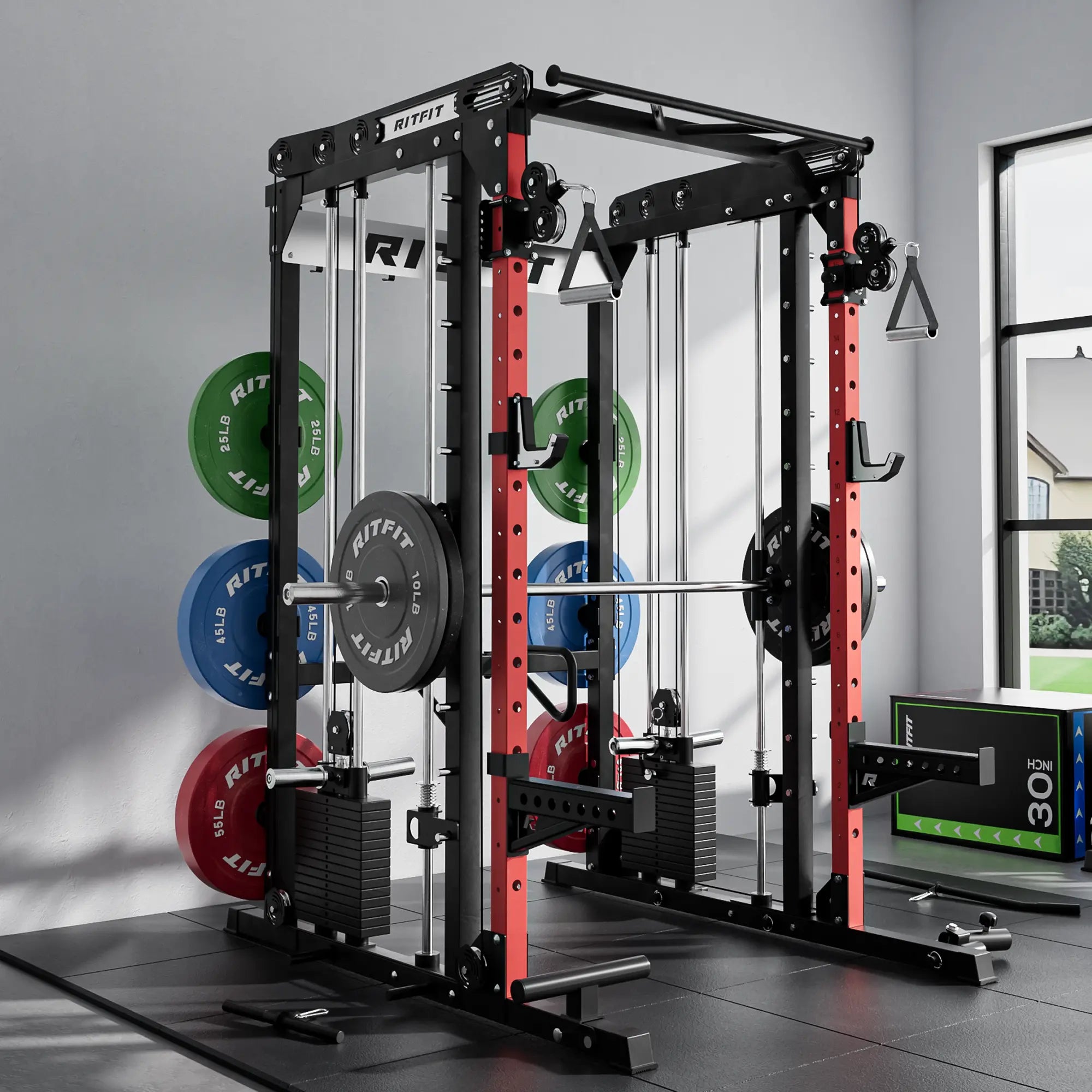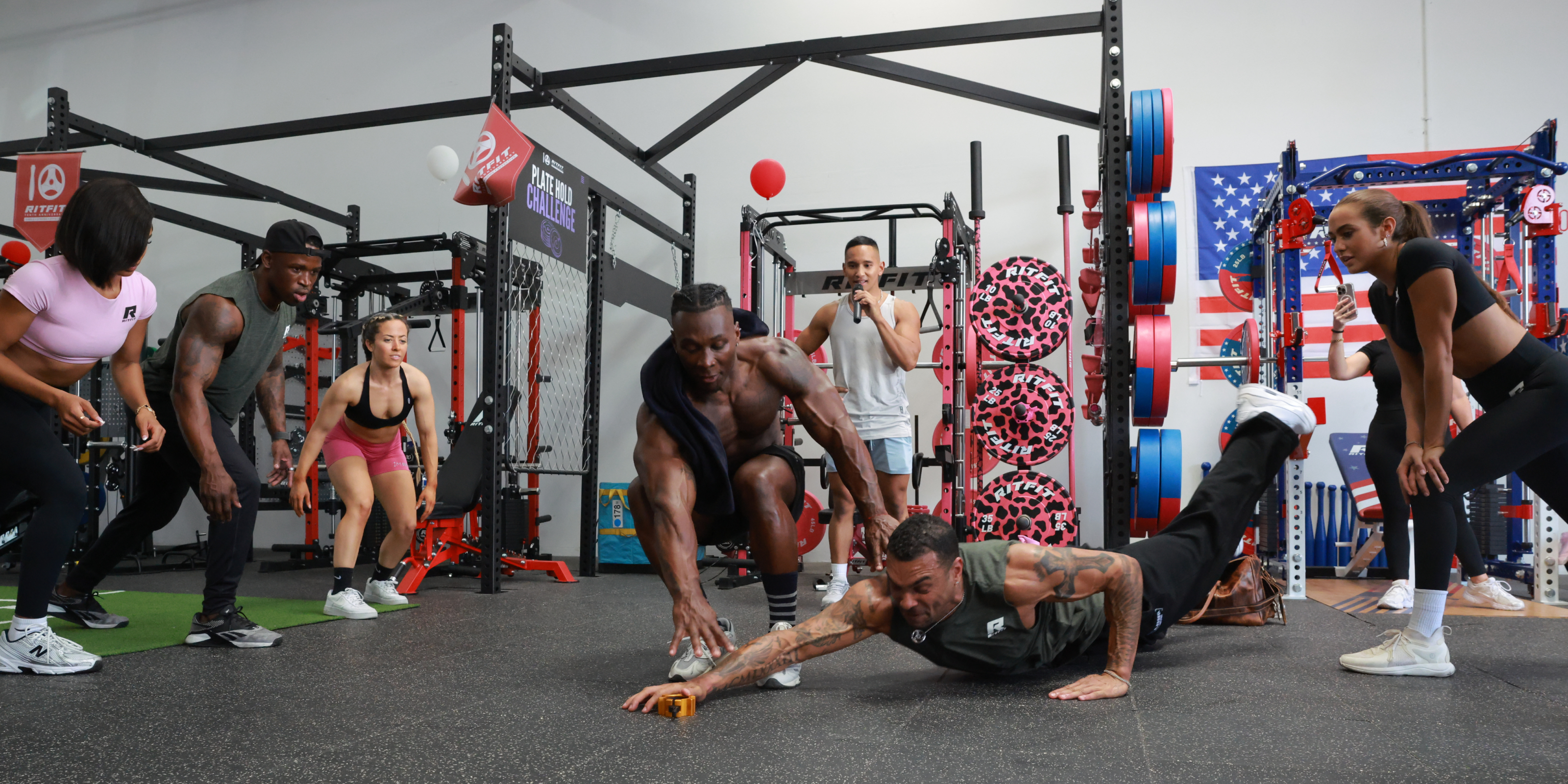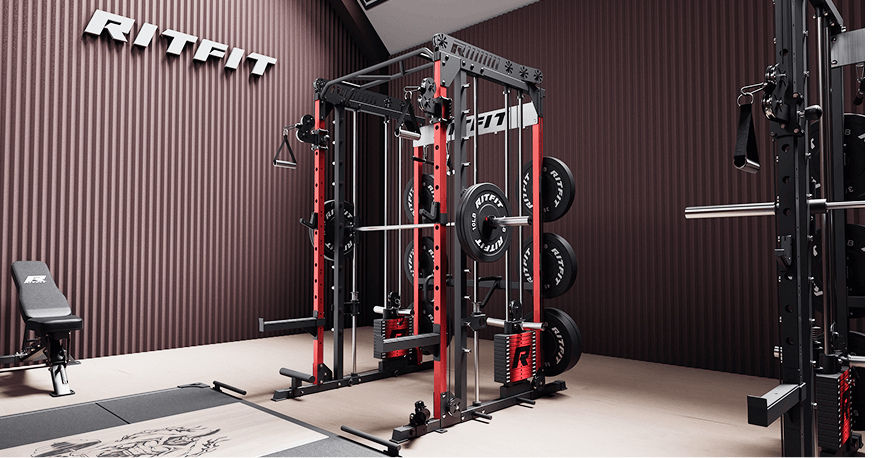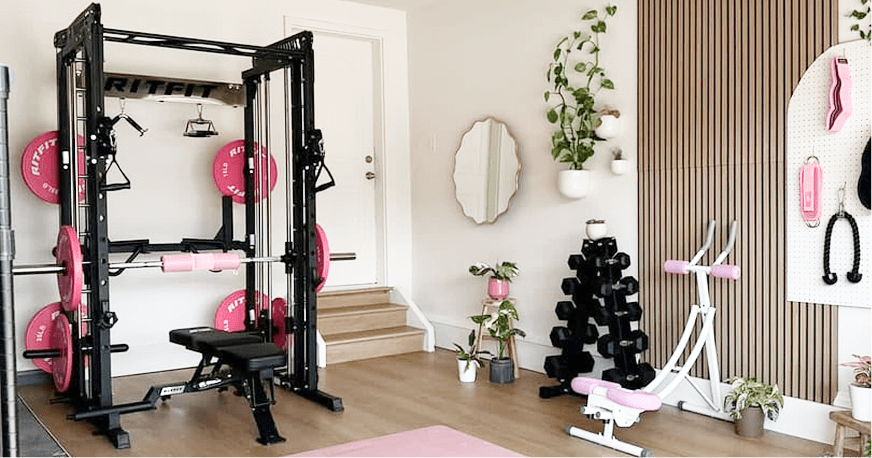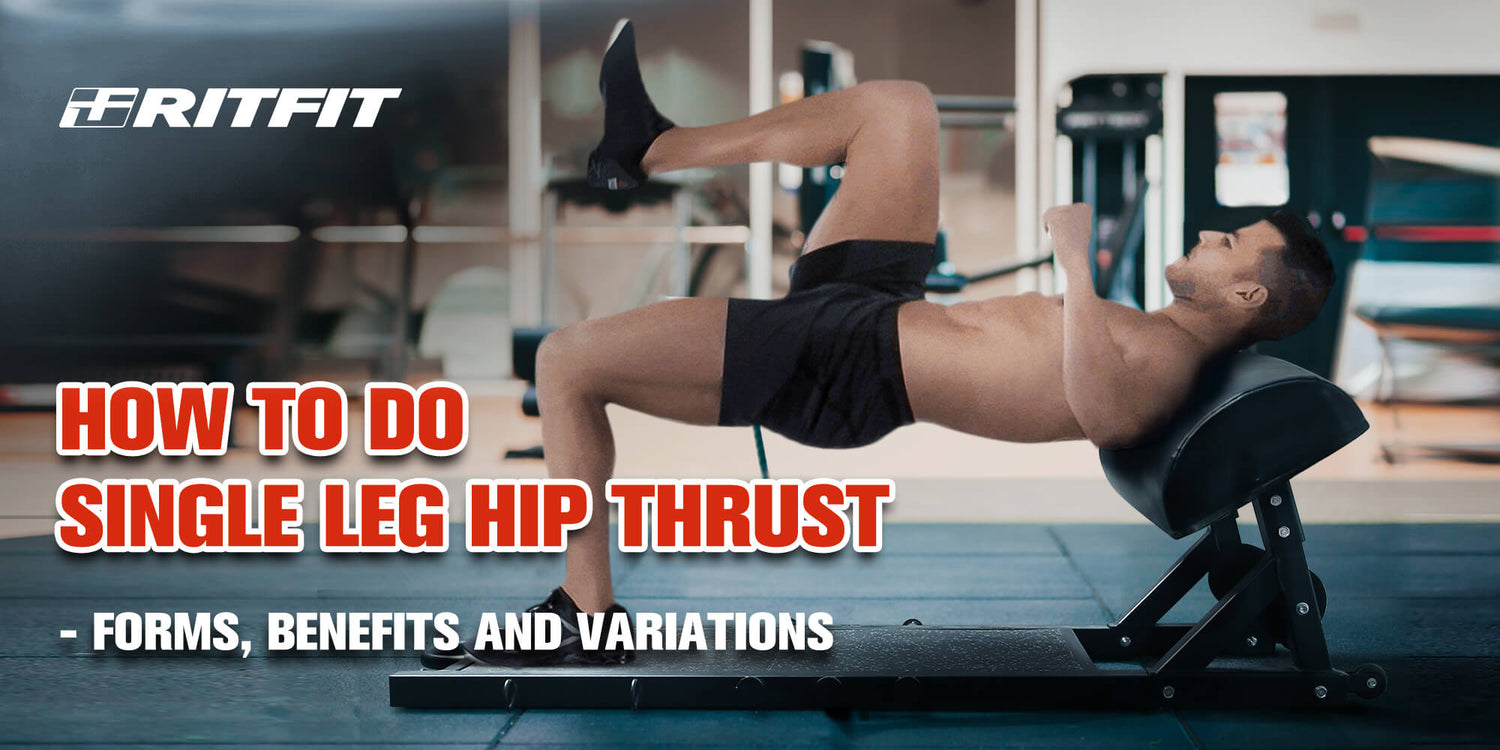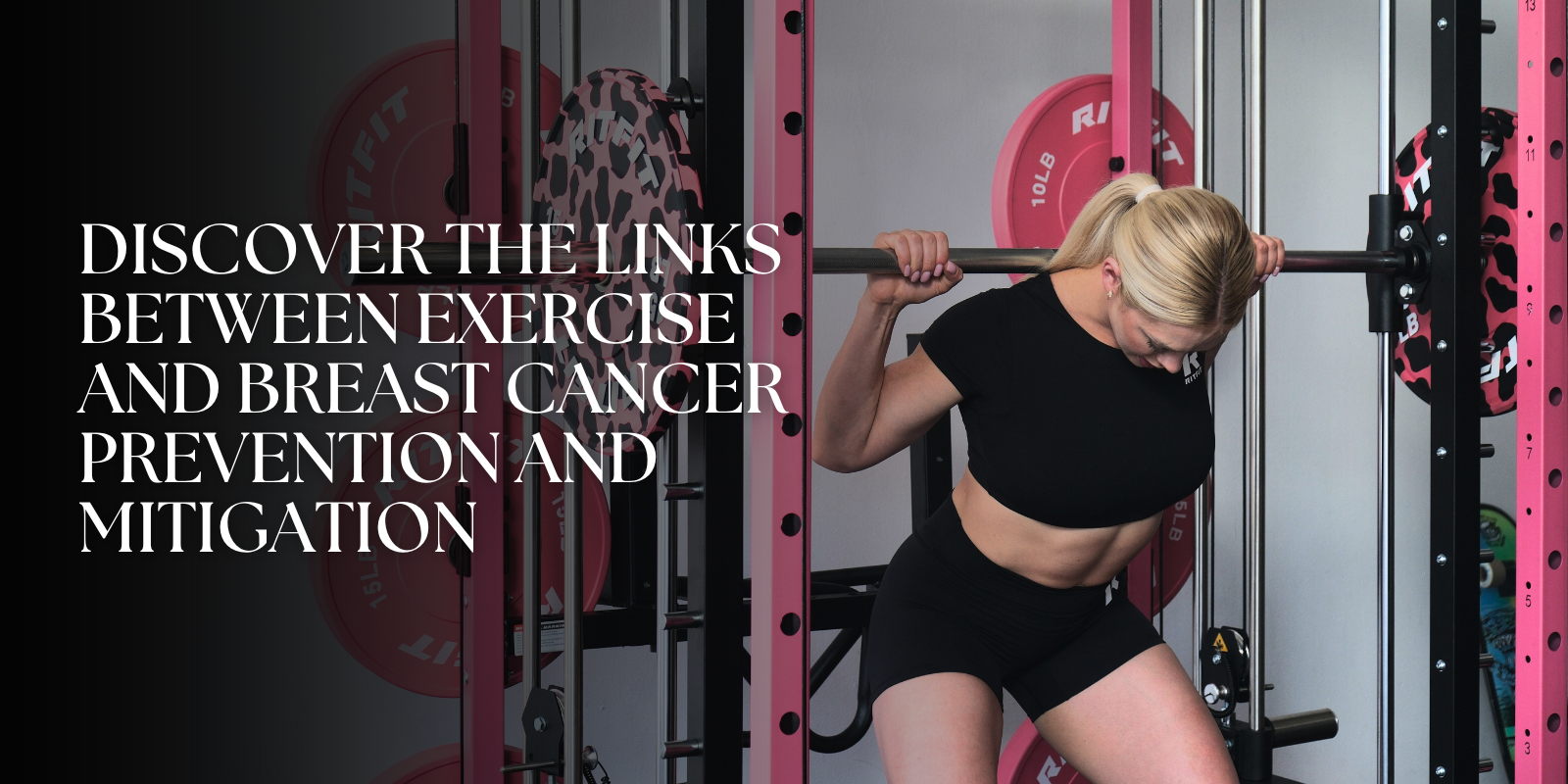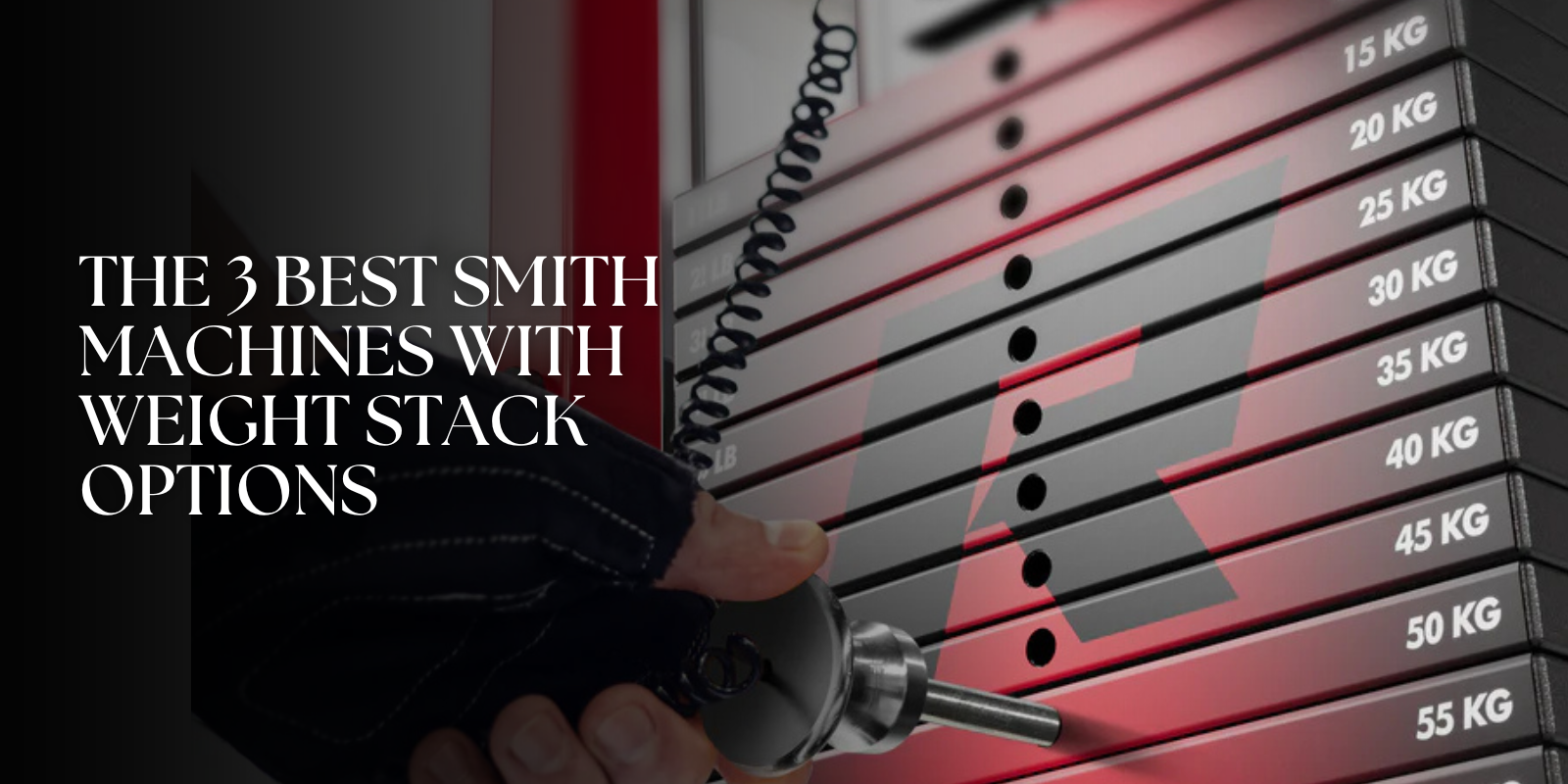Although many exercises target the glutes and lower back muscles, single leg hip thrust can give you exceptional results. The glutes are one of the largest muscles in the human body and play a very important role in our movement. Their development is essential to a well-rounded physique and maintaining and performing several vital functions, such as climbing stairs, keeping the trunk erect, and much more.
We'll be discussing everything you need to know about single hip thrust in this article, such as its forms, benefits, and variations. So, if you want a detailed guide, keep reading till the end.

What is a Single Leg Hip Thrust?
A single leg hip thrust is a highly effective variation of hip thrust used to strengthen your hips, glutes, hamstrings, and lower back muscles. Where a regular hip thrust works with both legs, a single leg hip thrust involves one leg at a time. As a result, it becomes an incredible exercise for those who face balance or stability issues.
It is usually performed with a bench to have the support for thrusting your hip upwards. It can positively impact your athletic performance and hip and leg strength and help you counter lower back pain and bad posture.
How to Do A Single Leg Hip Thrust?
Here's a step-by-step guide to doing a single leg hip thrust and having a unilateral focus on your glute.
Step 1
Take a bench, prop your body up with your arms, and walk your feet out.
Caution: Make sure you're not exerting your arms too much.
Step 2
Exhale and lift your left leg by driving through the right heel. When you go up, squeeze your glutes and stay in that position for a few seconds. You can use your hand to feel your glute working.
Caution: Don't let your head drop back, or the glutes won't be worked out properly.
Step 3
Slowly bring your body down to its original position where you started and prepare for the next rep. You can also use a dumbbell to perform a single leg hip thrust.
Single Leg Hip Thrust Common Mistake
Single leg hip thrust is a fantastic exercise to build your glutes and lower back muscles. However, many people fall prey to common mistakes that reduce their gains and can result in injuries. Below are some of the most repeated mistakes of leg hip thrust and how to avoid them.
Mistake #1: Overusing Your Elbows
Hip thrusts are meant to train your glutes and other muscles in the lower region of your body, not your arms. Many people make the mistake of pushing off their elbows. It shifts the weight away from the glutes to the arms, reducing the overall effectiveness of the exercise.
Solution:
- The solution to this problem involves relaxing your arms and transferring all the weight to your glutes.
- Cross your arms across your chest if you still cannot perform it well. It will force you to exert your glutes instead of using your arms.
Mistake #2: Overextending Your Lower Back
Arching your lower back too much also reduces its effectiveness and can even result in a lower back injury.
Solution:
- The way out of this problem is to keep your back flat when exercising. It is often called a "neutral" position by personal trainers, which involves bringing your ribs down and lightly flexing your abs.
Mistake #3: Not Exerting Your Glutes
Not using glutes is another common mistake committed by many. It happens because people drive the movement from their toes instead of heels. Using your toes instead of heels, you'll feel the hip thrust working your knees and quads instead of glutes.
Solution:
- The ideal solution to this issue is to keep your big toe slightly off the floor throughout the exercise. It will make you use your heels more and train your glutes more effectively.
Mistake #4: Wrong Foot Placement
There is no single, correct way to place your feet during a single leg hip thrust. What works for one might not yield reuslts for someone else, so it is primarily a trial-and-error method. One widespread mistake is positioning your foot too forward, which starts working the hamstrings instead of your glutes.
However, also avoid tucking your feet too much into your body. It trains your quadriceps instead of your glutes, killing the purpose of the exercise.
Muscles Worked in Single Leg Hip Thrust
Single leg hip thrust is an excellent exercise for working several muscles, such as the gluteus maximus, hamstrings, quadriceps, adductors, and core.
Gluteus Maximus
It's the largest muscle in the human body and is responsible for moving and extending the hip. Single leg hip thrust engages the gluteus maximus when you lift your hip off the ground. As a result, you have strong glutes, which help you have aesthetically appealing buttocks, better posture, reduced lower back pain, and improved athletic performance.
Hamstrings
These are located at the back of the thigh and are responsible for extending your hips and knees. These are essential in stabilizing your knees when going down in a single leg hip thrust. Strengthening your hamstring with single leg hip thrust improves athletic performance and reduces injury risks.
Quadriceps
Quadriceps are opposite to the hamstrings on the front of the thigh and help in knee extension. However, they're not the primary target of a single leg hip thrust.
Instead, they receive secondary activation, as they help stabilize knees during downward movement. Strengthening them plays an aesthetic role, improving athletic performance and minimizing injury risks.
Adductors
Located in the inner thigh, adductors bring your legs together and stabilize the hip joint. Keeping the leg in line with your hips is important as it prevents your knees from extending outwards, and that's what adductors do.
Core
Core muscles are one of the most important muscle groups in the body that maintain alignment and stability of the lower torso during single leg hip thrust. Strong core muscles are essential for maintaining good posture, minimizing lower back pain, and boosting athletic performance.
Benefits of Single Leg Hip Thrust
An Easy Strengthening Exercise
Although there are many lower body exercises, single leg hip thrust is one of the simplest and most effective ones that doesn't require extensive coaching. Deadlifts and squats are great for building muscles, but many people get injured doing them, so they are riskier than single leg hip thrusts. Hip thrust reduces complexity for beginners and provides a killer workout.
Multiple Variations for Everyone
No matter what muscle group you're training, exercises that accommodate everyone from beginners to experts are the best. Single leg hip thrusts promote unilateral movements, which are great for addressing muscle imbalances and strengthening the ligaments. Moreover, you can wrap a band around your legs to increase adductor activation for maximum hypertrophy.
Balances Out Quad Dominance
Squats are a great lower body exercise but mostly focus on your quads. Similarly, leg press also works out the front of your legs. Deadlifts exert your lower back but can take a toll on your nervous system and require more recovery time.
The solution to these issues is adding single leg hip thrust to your routine. It works out the glutes and lower body muscles without overwhelming your nervous system.
Maximum Glute Activation
One of the primary reasons for choosing single leg hip thrust is glute activation. It is an absolutely amazing exercise for working your glutes and strengthening them over time. Here's why:
- Both concentric and eccentric phases of single leg hip thrust ensure glute activation. So, you're engaging your glutes when you go up and come down.
- Since you do not involve your arms and back, the glutes do all the work and achieve maximum engagement.
- Similarly, your hamstrings slack when you're in the position to do single leg hip thrust. It provides maximum activation to your glutes.
Athletic Performance
Single leg hip thrust is an excellent exercise for improving your athletic performance. It increases your sprint speed by increasing your horizontal power. On the other hand, squats help you go up and down more efficiently.
A Great Warm-up
Most people need to realize that hip thrusts can also be a great warm-up exercise. We spend most of our day resting our backs on some chair, which keeps our glutes deactivated. Single leg hip thrust is an excellent way of waking up your dormant glutes.
You can do three quick sets of 10 repetitions, each with a band or your body weight. Once you do that, you're ready to do your workout with an activated back.
Variations of Single Leg Hip Thrust
Dumbbell Single Leg Hip Thrust
Here's how to perform a dumbbell single leg hip thrust:
Step 1
Put the middle of your back on the bench and walk your feet together.
Step 2
Tuck your pelvis, squeeze your glutes and keep your abs tight.
Step 3
Put the dumbbell on your hips and go down slowly while lifting one leg. Make sure you bring both legs down together, and the single leg hip thrust weight doesn't tip on either side.
Keep driving up and down until you have completed your sets. Make sure the whole movement is controlled and not too fast.
Barbell Single Leg Hip Thrust
Step 1
Put the middle of your back on the bench and the barbell on your hips.
Step 2
Extend your legs forward and place both feet firmly on the ground.
Step 3
Thrust one leg up while balancing the barbell on your hips and squeeze on top.
Step 4
Bring yourself down slowly and complete the rep before doing it again.
Single Leg Banded Hip Thrust
Step 1
With your back against the bench, place both legs on the ground and wrap a resistance band around the knees.
Step 2
Keep one foot on the ground and use the force of its heel to push one leg above the ground towards your chest for deeper stretch and range of motion.
Step 3
Slowly come down to the original position and repeat to complete your sets.
Single Leg Elevated Hip Thrust
Step 1
Lie down straight with one foot on the ground and the other on the bench. Make sure you're making a 90° angle between your knee and the elevated foot.
Step 2
Engage your core and drive the other leg up in a straight line. You can also add weights, such as dumbbells, to this movement.
Step 3
Bring your body slowly to its original position to complete a repetition. Keep repeating until you have completed your set.
Landmine Single Leg Hip Thrust
Step 1
Elevate your upper back on the bench with your elbows off the elevated surface, and your chin tucked in.
Step 2
Put both feet on the ground and bend your knees. Put the landmine on your hips and push the other leg up.
Step 3
Keep pushing through your heel until the movement is complete. Bring yourself down to the original position to complete the rep.
FAQs
Q: Can I do single leg hip thrust every leg day?
Yes, you can do a single leg hip thrust every leg day. It is a great exercise to build your glutes and lower back muscles, so it should be a staple in every leg workout.
Q: How many hip thrusts should I do to build muscle?
There are no set reps of hip thrusts for everyone, as goals differ. Here's a breakdown of what you should follow:
- 3-5 sets of 5-8 reps of heavy load for strength.
- 3-5 sets of 8-12 reps of moderate weight for mass.
- 2-3 sets of 15-20 reps of moderate weight for endurance.
Q: Are hip thrusts more effective than squats?
Depending on your goal, their effectiveness can vary. Hip thrusts are more effective when your goal is glute activation and strength. On the other hand, squats are helpful for general strength and performance, and they mainly focus on quads.
Summary
If you have wanted to build glutes, there is no better exercise than a single leg hip thrust. It can be done by everyone from beginners to experts with minimal equipment and coaching.
You can try different variations with dumbbells, barbells, resistance bands, and landmines. Everyone has varying goals, so one can do different numbers of sets and reps with different weights to get the desired results. In short, you should never leave single leg hip thrust out of your workout routine if you want strong glutes and lower back muscles.



